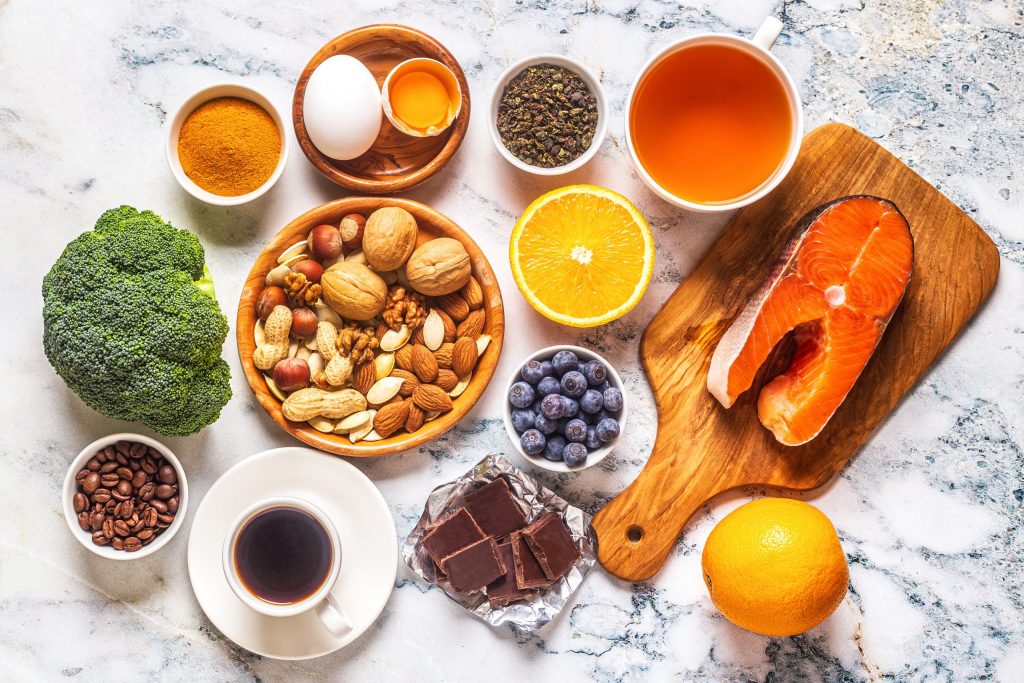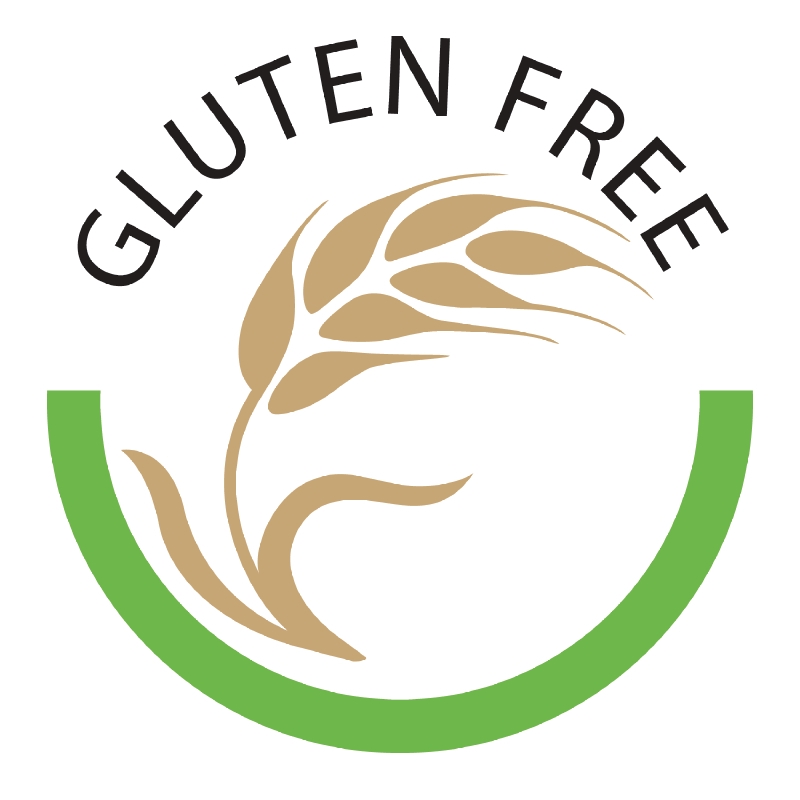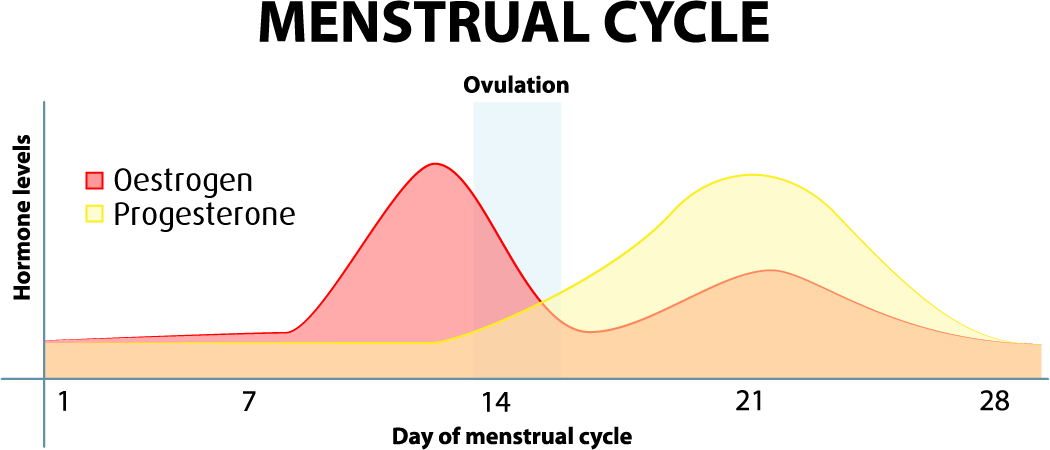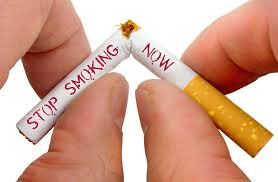A balanced diet is essential for proper functioning of the entire body. We get calories from everything we eat, from coffee to lattes, shrimp to steak, fruits and vegetables, and everything in between. What’s most important, however, is the source of the calorie, and understanding exactly what it constitutes. If your diet is full of processed and fast foods, alcohol, sugary drinks or white breads, chances are great that you are eating a plethora of what is termed “empty calories”. These food-stuffs (so termed because they are so nutritionally inept that there is very little redeeming qualities in them) cause rapid spikes in blood sugar, which makes one feel energetic at the onset, but then experience a rapid crash; the body then feels hungry once again, and chances are, if you grabbed a candy bar or something carb-laden for the last bite, you may do the same again. This leads to a condition known as “reactive hypoglycemia”. The body keeps receiving signals to spike the blood sugar, followed by a massive crash, and unless we make the choice to break the cycle by choosing real whole foods, we may end up stuck in a never-ending battle that can only lead down the road to heart disease, obesity, insulin resistance and diabetes, and even cancer.
When we actually look at the amount of calories within a carbohydrate, protein, and fat source, we see that both the carbohydrate and protein give us 4 calories per gram, but fats go up to 9 calories per gram. A calorie, simply put, is the amount of energy that foods will produce in the human body.[1] Therefore, if we eat a medium sized apple, and we know through nutritional scientific research that it contains 21 grams of carbohydrate, we end up eating 84 calories per serving. An egg is mostly protein. The amount of grams per egg white is 4 grams per serving; therefore we would consume 16 calories per egg white.
Now think about the fats: most folks are reaching for a quick candy bar or espresso to quench “hunger” or “thirst”. Emphasis is put on these two words because much of the time it is that phenomena of reactive hypoglycemia from poor food choices that cause the hunger, and dehydration from lack of water consumption. There are 9 calories per gram in fat sources. An espresso, on average, contains approximately 175 calories, 3 grams of which are total fat and an additional 2.5 grams saturated fat, neither of which is a wholesome fat source for the body.[2] In comparison, when we choose a healthy fat, such as olives, ½ avocado, cold pressed oils including coconut, olive, or sesame oil (1 tbs serving), or eat an ounce of nuts (approximately ¼ cup), we are consuming roughly 14 grams of fat, or 126 calories. The difference lies in our body’s utilization of these fat sources for optimal energy production. It helps keep our brain and nervous system firing on all cylinders and promotes smooth blood vessel walls and deflects the buildup of cholesterol-forming plaques along the arteries.
Choosing whole and sprouted grains, a rainbow-colored array of vegetables and fruits, raw nuts and seeds, lean protein such as turkey, chicken, and wild-caught fish, fresh cage-free eggs and healthy dairy sources including plain unsweetened almond, cashew, or rice milk and plain Greek yogurt, will provide nutrient rich vitamins and minerals, along with healthy fats to properly fuel the body and support the overall functioning of the cells. The risk of developing heart disease, obesity, diabetes and other states of imbalance will also be lowered or reversed altogether.
Contributed by Terri Caunt R.N., B.S.N.
Bibliography
[1] http://www.merriam-webster.com/dictionary/calorie
[2] http://www.calorieking.com/foods/compare/?l=ZmlkPTY1OTU3







